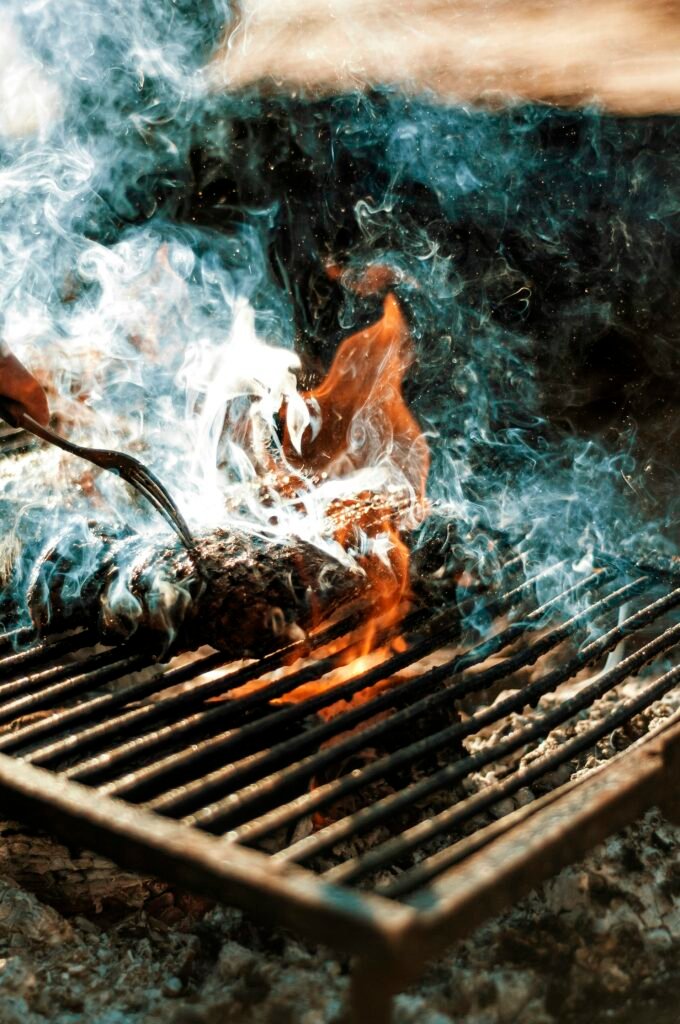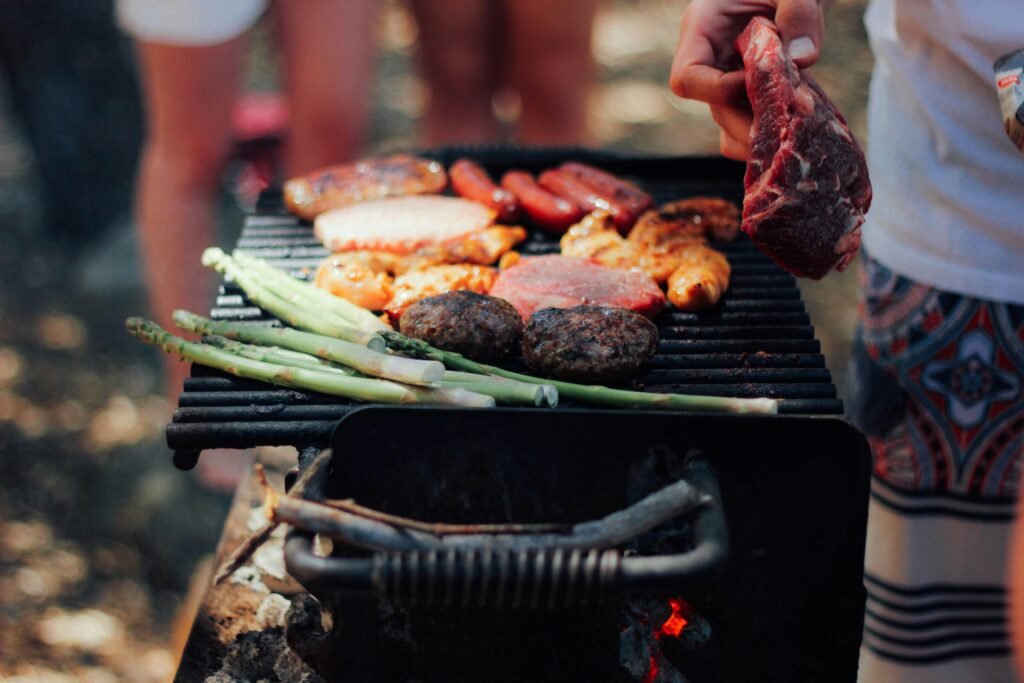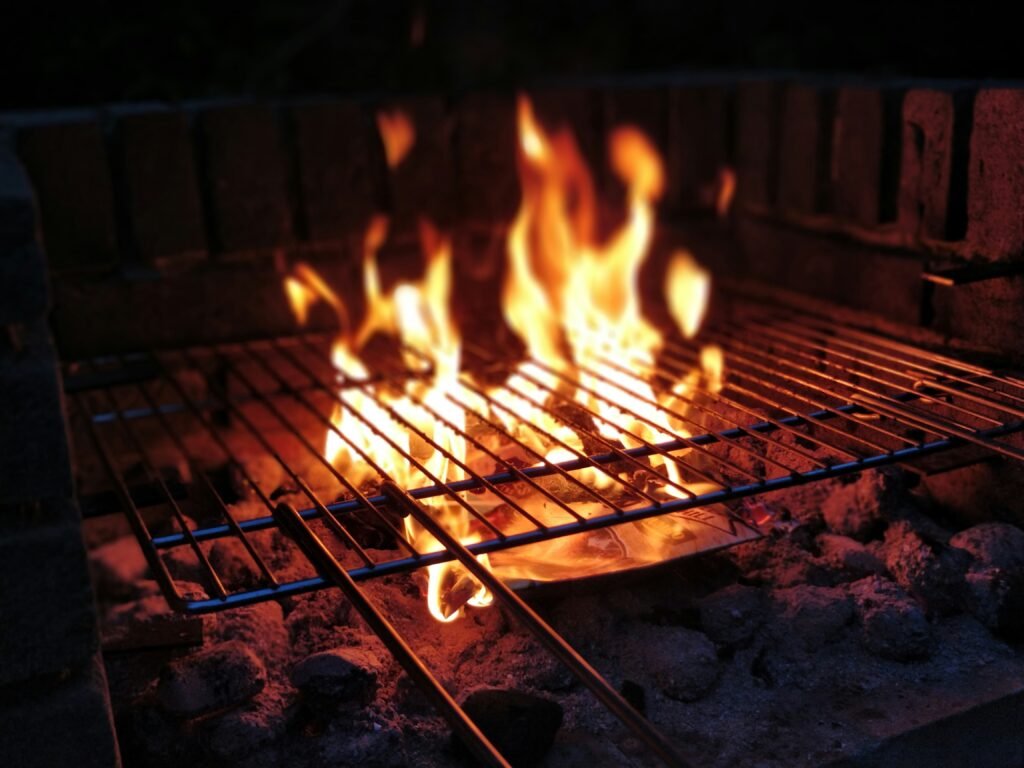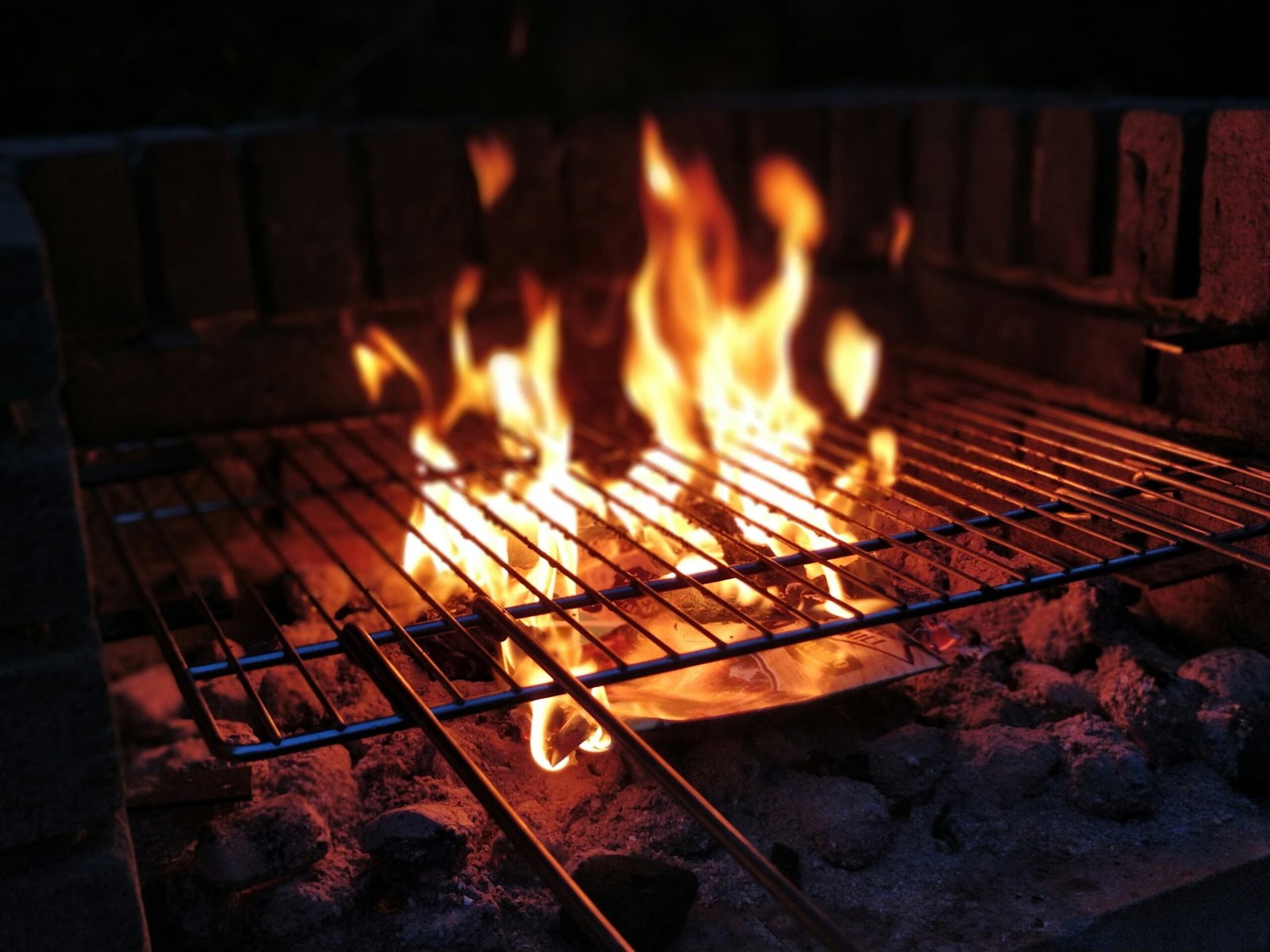Sure thing! Here’s a captivating introduction for “What Does It Mean To Preheat A Grill?”
When it’s time to fire up the grill for an outdoor feast, knowing how to properly preheat is crucial. By preheating your grill, you’re laying the foundation for a successful cooking session that ensures even heat distribution and those coveted sear marks. This guide will walk you through the steps and benefits of preheating your grill, so you can impress your guests with perfectly cooked meals every time. Ready to master your grill game? Let’s get started! Have you ever wondered, “What does it mean to preheat a grill?”
What Does It Mean To Preheat A Grill?
When folks talk about grilling, one term that frequently pops up is “preheat.” But what does it actually mean to preheat a grill, and why is it so important? Preheating your grill is the process of heating the grill to the desired temperature before placing food on the cooking grates. This step is crucial for a variety of reasons, not least of which are achieving the perfect sear marks, consistent cooking, and preventing food from sticking to the grates.

Why Preheating Is Important
Preheating is more than just letting your grill get hot. It’s about ensuring that the grilling surface is evenly heated and that it reaches the optimal temperature for cooking whatever dish you have planned.
Consistent Cooking
One of the main benefits of preheating your grill is that it promotes consistent cooking. When you put your food on an already-hot grill, it begins cooking immediately and evenly, eliminating cold spots that can lead to unevenly cooked food.
Enhanced Flavor
Properly searing your food enhances its flavor. When you preheat your grill, you’re able to sear the exterior quickly, locking in the juices and creating that delicious grilled taste.
Better Searing
Achieving those picture-perfect grill marks isn’t just for aesthetics; it’s also a sign of properly cooked meat. Preheating contributes to the Maillard reaction, a chemical reaction between amino acids and reducing sugars that gives browned food its distinctive flavor.
Food Safety
Starting off with a hot grill helps kill off bacteria that might be present on the grates. It’s an extra layer of safety to ensure that harmful germs are eliminated before they can contaminate your food.
Preventing Sticking
When your grill grates are preheated properly, food is less likely to stick. The heat causes proteins to solidify faster, reducing the chances of tearing or sticking.
How to Preheat a Grill
Preheating your grill might sound straightforward, but there are some nuanced steps to ensure you do it correctly.
Step-by-Step Guide
Clean the Grates: Before you start preheating, make sure your grill grates are clean. Use a grill brush to scrub off any leftover food or debris. A cleaner grill will heat more evenly and give better results.
Ignite the Grill: Turn on the gas or light the charcoal as you normally would. For charcoal grills, it’s a good idea to use a charcoal chimney starter to make sure all coals are lit evenly.
Close the Lid: Once the grill is ignited, close the lid. This traps the heat inside, allowing the temperature to rise more quickly and uniformly.
Wait: Generally, you’ll need to preheat for about 15-20 minutes. However, each grill is different, so it’s essential to keep an eye on the temperature gauge if your grill has one.
Check the Temperature: Aim for a temperature of about 400-450°F for high heat, 350-400°F for medium-high, 300-350°F for medium, and 250-300°F for low heat. Use an infrared thermometer to measure if your grill doesn’t have a built-in gauge.
Temperature Guidelines
| Heat Level | Temperature (°F) | Ideal For |
|---|---|---|
| High Heat | 450°F – 550°F | Searing steaks, burgers, thin cuts of meat |
| Medium-High Heat | 400°F – 450°F | Chicken breasts, pork chops, vegetables |
| Medium Heat | 350°F – 400°F | Fish, bone-in chicken, sausages |
| Low Heat | 250°F – 300°F | Slow-cooking large cuts of meat like ribs or brisket |
Different Grill Types and Preheating
Different types of grills require slightly different approaches when it comes to preheating. Let’s take a closer look at some of the most common grill types.
Gas Grills
Gas grills are popular for their convenience and ease of use. They heat up quickly, usually within 10-15 minutes.
- Preheating Steps for Gas Grills:
- Turn on the gas supply.
- Ignite the burners by turning the knob and pressing the ignition button.
- Close the lid and wait for 10-15 minutes.
- Use the built-in temperature gauge to monitor the heat.
Charcoal Grills
Charcoal grills take a bit longer to preheat compared to gas grills. However, many grill enthusiasts swear by the unique flavor that charcoal imparts.
- Preheating Steps for Charcoal Grills:
- Use a chimney starter to light the charcoal.
- Wait until the charcoal is covered with a light layer of gray ash.
- Spread the charcoal evenly across the grill bottom.
- Close the lid and allow it to preheat for 15-20 minutes.
- Use a handheld infrared thermometer to check the temperature.
Electric Grills
Electric grills are often used indoors or in areas where gas and charcoal grills are not permitted. They are easy to use but usually take a bit longer to heat up.
- Preheating Steps for Electric Grills:
- Plug in the grill and turn it on.
- Set the temperature to the desired level.
- Wait for 15-20 minutes.
- Use the built-in temperature gauge to confirm the heat.
Tips for Effective Preheating
Preheating might seem like a simple concept, but a few tips can help you get the most out of this crucial step.
Know Your Grill
Every grill is different, so get to know your specific model. Read the manual and take note of any special instructions or features that may affect preheating.
Use a Thermometer
If your grill doesn’t have a built-in thermometer, consider investing in a good-quality handheld infrared thermometer. This will ensure you’re grilling at the right temperature every time.
Season Your Grates
Before preheating, rub some oil on your grates to season them. This not only prevents sticking but also makes cleaning easier later on.
Keep the Lid Closed
It’s tempting to check on your grill while it’s preheating, but every time you open the lid, you let heat escape. Try to keep it closed until you’re ready to start cooking.

Common Preheating Mistakes to Avoid
Even seasoned grillers can make mistakes when it comes to preheating. Here are some common pitfalls to avoid.
Opening the Lid Too Often
As mentioned, opening the lid frequently lets heat escape and prolongs the preheating process. Trust your timer and your thermometer instead.
Ignoring the Thermometer
Many people rely on guesswork to determine if their grill is hot enough. Using a thermometer provides an accurate measurement, ensuring that your grill is indeed at the right temperature.
Not Cleaning the Grates
Dirty grates can ruin your food and affect the cooking process. Always clean your grates before you start preheating.
Skipping the Preheat
In a rush, you might be tempted to skip the preheating step altogether. This often results in unevenly cooked food and poor flavor development.
Troubleshooting Preheating Issues
Sometimes, your grill might not preheat as expected. Let’s look at some common issues and how to troubleshoot them.
Uneven Heating
Uneven heating is a common issue, especially in older grills. Check for clogged burners or blocked airflow in gas grills. For charcoal grills, ensure that the charcoal is evenly distributed.
Low Temperature
If your grill isn’t reaching the desired temperature, check for gas flow issues or leaks in gas grills. For charcoal grills, you may need to add more charcoal or ensure it’s properly lit.
Long Preheat Time
If your grill is taking longer than usual to preheat, it might be due to weather conditions like cold or wind. Ensure the grill is placed in a sheltered, but well-ventilated area.
Grates Not Heating Up
If your grates aren’t heating up, it might be a sign of a more serious issue. Check for blocked burners in gas grills or ensure that the charcoal is directly below the grates in charcoal grills.

Conclusion
Understanding what it means to preheat a grill and why it’s important can significantly improve your grilling results. Preheating ensures consistent cooking, enhances flavor, and promotes food safety. By following proper preheating steps tailored to your specific grill type and avoiding common mistakes, you can achieve perfectly grilled dishes every time. Now that you’ve got this crucial step down, happy grilling!
In sum, make preheating a non-negotiable part of your grilling routine. Not only will it make sure your food is cooked evenly and tastes great, but it will also enhance your overall grilling experience. Cheers to many delicious grilling sessions ahead!

